Compare the Choroid and Retina in Human Eye:
Choroid- It lies inside the sclera. It contains a network of blood vessels supplying food and oxygen to the eye. It is deeply pigmented and is connected in front to a thick structure called the ciliary body. It bears blood vessels and muscle fibres which run in a circular direction i.e. parallel to the outer edge to the lens. The thread-like suspensory ligaments arise from the ciliary body which gets attached to the equatorial edge of a biconvex lens. At the junction of the sclera and cornea, a pigmented muscular, opaque and vascular coat (iris) arise from the ciliary body which comes in front of the lens leaving an aperture called the pupil.
Retina- It is a very delicate layer that forms the posterior 2/3 of the eye and is sensitive to light. It bears light-sensitive photoreceptor cells– rods and cones. Rods contain purple coloured photosensitive pigments called rhodopsin which is more responsive to dim light (scotopic vision). Cones contained violet coloured photosensitive pigments called iodopsin which functions in bright light only (photopic vision). Cones are of three different types i.e. short wavelength- sensitive (blue) cones, medium wavelength- sensitive (green) cones, long wavelength- sensitive (red) cones. Next is the intermediate layer containing short sensory bipolar neurons. These bipolar cells synapse with the retinal ganglion cells whose axons bundle together as the optic nerve. A small area lies on the retina just opposite to the centre of the cornea called the yellow spot. It bears a shallow depression called the fovea. It contains only cones but no rods and gives a distinct interpretation of an image.
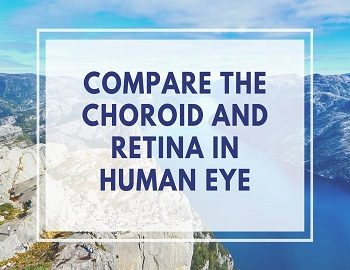
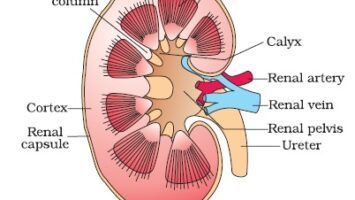



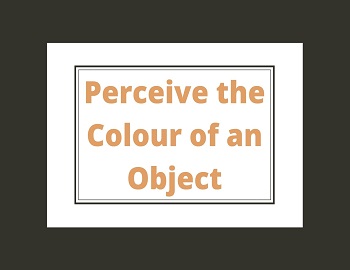
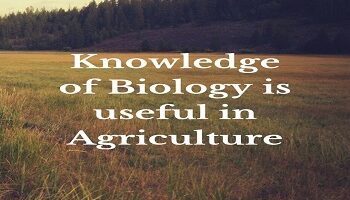

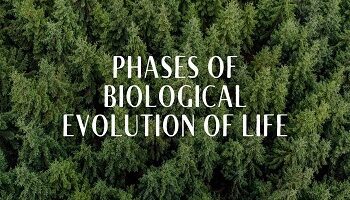
Comments (No)